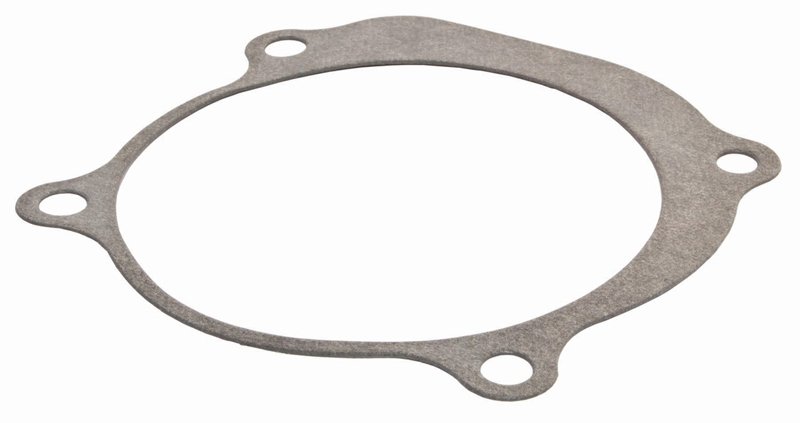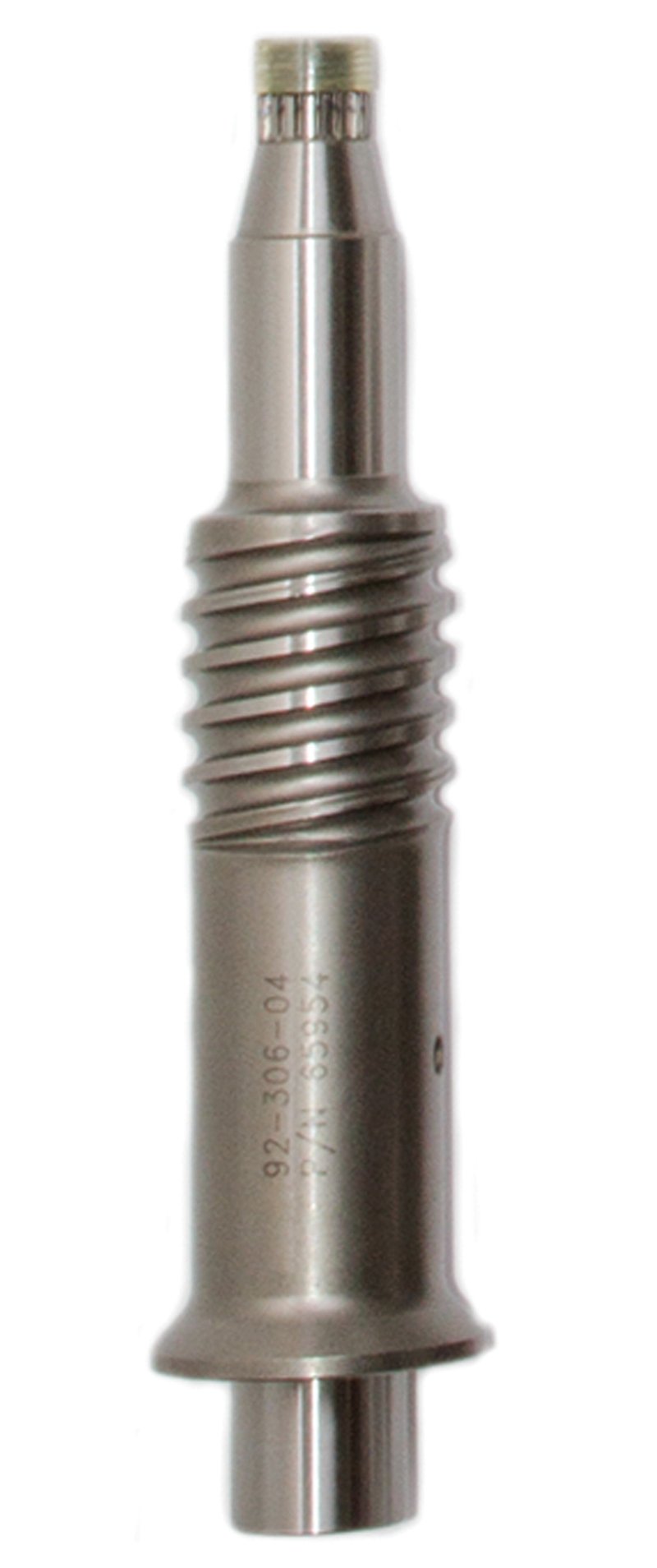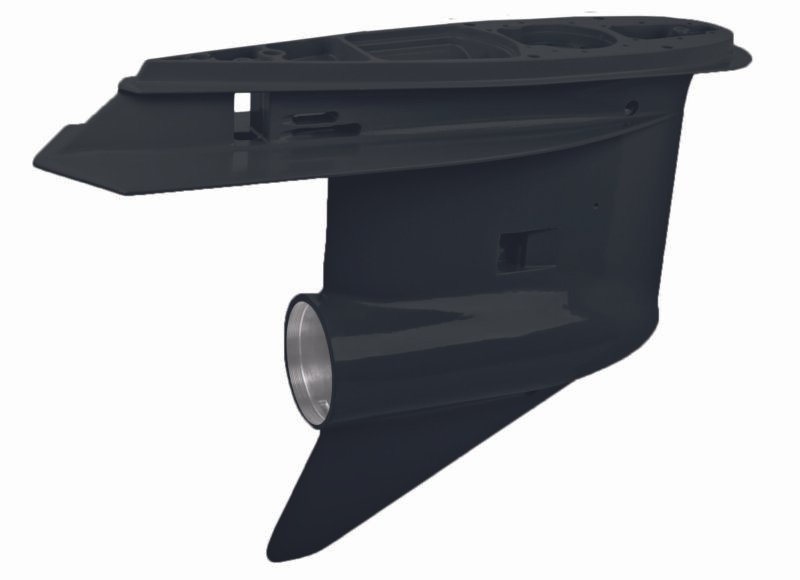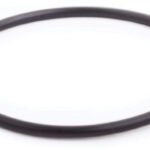
O-RING, DRIVESHAFT BEARING HOUSING
February 25, 2024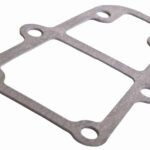
GASKET, SHIFT COVER
February 25, 2024
Description
A gasket is a mechanical seal used to fill the space between two or more mating surfaces, generally to prevent leakage of fluids or gases under compression. Here are some key characteristics of gaskets:
- Material Composition: Gaskets can be made from a variety of materials, including rubber, silicone, metal, cork, paper, or composite materials. The choice of material depends on factors such as the operating temperature, pressure, and chemical compatibility of the fluids or gases being sealed.
- Sealing Function: The primary function of a gasket is to provide a tight seal between mating surfaces, preventing the escape of fluids or gases and maintaining system integrity.
- Versatility: Gaskets have diverse applications across various industries, including automotive, aerospace, plumbing, and manufacturing, where they are used in engines, pumps, compressors, piping systems, and more.
- Precision Design: Gaskets are engineered with precision to match the specific dimensions and contours of the mating surfaces, ensuring a proper fit and effective sealing performance.
- Compression: Gaskets rely on compression between mating surfaces to form a tight seal. Proper torqueing of fasteners is essential to achieve the required compression and ensure leak-proof sealing.
- Heat and Chemical Resistance: Depending on the application, gaskets may need to withstand high temperatures, corrosive chemicals, or other harsh environmental conditions. As such, they are often made from materials with appropriate heat and chemical resistance properties.
- Ease of Installation: Gaskets are generally easy to install and require minimal effort, facilitating quick assembly and maintenance processes.

